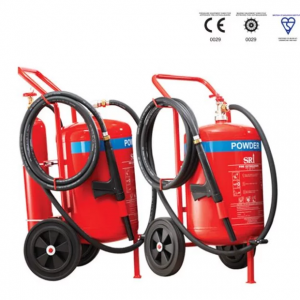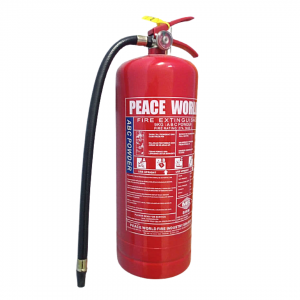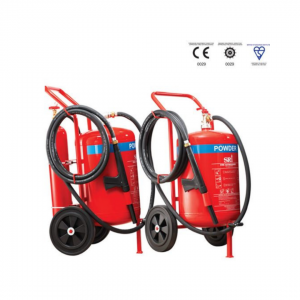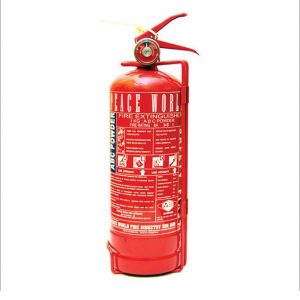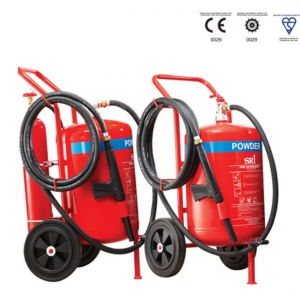Understanding Fire Certificate Requirement: Ensuring Compliance
Introduction: Fire safety is a critical aspect of building management and regulation. In many jurisdictions, obtaining a fire certificate is a legal requirement for businesses and public buildings. Understanding the fire certificate requirements is essential to ensure compliance with regulations. Besides, to guarantee the safety of occupants in case of a fire emergency. This article will explore the key aspects of fire certificate requirements, including their purpose, application process, and necessary precautions.
Purpose of Fire Certificates: A fire certificate, also known as a fire safety certificate, is an official document issued by local authorities or regulatory bodies. Its primary purpose is to certify that a building complies with fire safety regulations and standards. Fire certificates are typically required for commercial properties, public buildings, multi-story residential complexes, and other structures.
Key Requirements for Obtaining a Fire Certificate:
- Adequate Fire Safety Measures: Buildings must have appropriate fire safety measures in place. Besides, the requirement are including fire alarms, smoke detectors, emergency lighting, fire extinguishers, and fire exits. Installed, tested, and maintained according to relevant regulations and standards measures must be part of the process.
- Building Design and Layout: The architectural design and layout of the building should facilitate safe evacuation in the event of a fire. This includes the provision of sufficient and unobstructed exits, clear signage indicating escape routes, and accessibility features for individuals with disabilities.
- Fire Resistance of Materials: Building materials and construction methods should comply with fire resistance standards to prevent or retard the spread of fire. This includes fire-rated walls, doors, windows, and structural elements designed to withstand heat and flames for a specified duration.
- Fire Safety Training: Employers and building managers are often required to provide fire safety training to occupants and staff members. Besides, training should cover procedures for responding to fire emergencies, evacuation protocols, and the proper use of fire safety equipment.
- Compliance with Local Regulations: Fire certificate requirements may vary depending on local regulations and building codes. It is essential to consult with local authorities or fire safety experts to ensure compliance with specific requirements.
Application Process: The process of obtaining a fire certificate involves the following steps:
1. Submission of Documentation: Building owners or managers must submit detailed plans. Furthermore, documentation outlining the fire safety features and measures implemented in the building. Applicant must apply by submitting Form I and providing the following info.
i. Copy of CCC or CFO
ii. Building Plan (which has been approved by JBPM during CCC / CFO production)
iii. Latest property ownership letter
iv. Latest property ownership letter
v. Land ownership
vi. Business license/
2. Inspection and Assessment: Regulatory authorities or fire safety inspectors conduct on-site inspections to verify compliance with fire safety regulations. Besides, they assess the adequacy of fire safety measures, evacuation routes, emergency lighting, and other critical aspects.
3. Corrections and Remediation: If any deficiencies or non-compliance issues are identified during the inspection, building owners may be required to address them promptly. This may involve making necessary repairs, upgrades, or modifications to bring the building into compliance with regulations.
4. Issuance of Fire Certificate: Once the building is deemed to meet all fire safety requirements, the regulatory authority issues a fire certificate. This document certifies that the building has been inspected. More equally, it is found to comply with applicable fire safety standards.
Precautions and Ongoing Compliance:
Obtaining a fire certificate is not a one-time process; it requires ongoing vigilance and compliance with fire safety regulations. Building owners and managers should:
- Conduct regular fire drills and evacuation exercises to ensure that occupants are familiar with emergency procedures.
- Keep fire safety equipment, such as fire extinguishers and alarms, in good working condition through regular maintenance and testing.
- Stay informed about updates to fire safety regulations and standards and make necessary adjustments to maintain compliance.
- Respond promptly to any fire safety concerns or issues raised by occupants, employees, or regulatory authorities.
Conclusion: Fire certificates play a crucial role in ensuring the safety of buildings and occupants in the event of a fire emergency. By understanding the requirements for obtaining a fire certificate and adhering to fire safety regulations, building owners and managers can mitigate the risk of fire-related incidents. A top priority for all stakeholders involved in building management and operation should meet with fire safety standards .
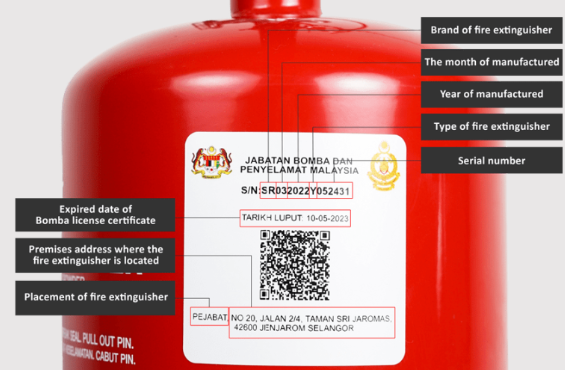
More info about the fire certificate requirement by Bomba Malaysia.




